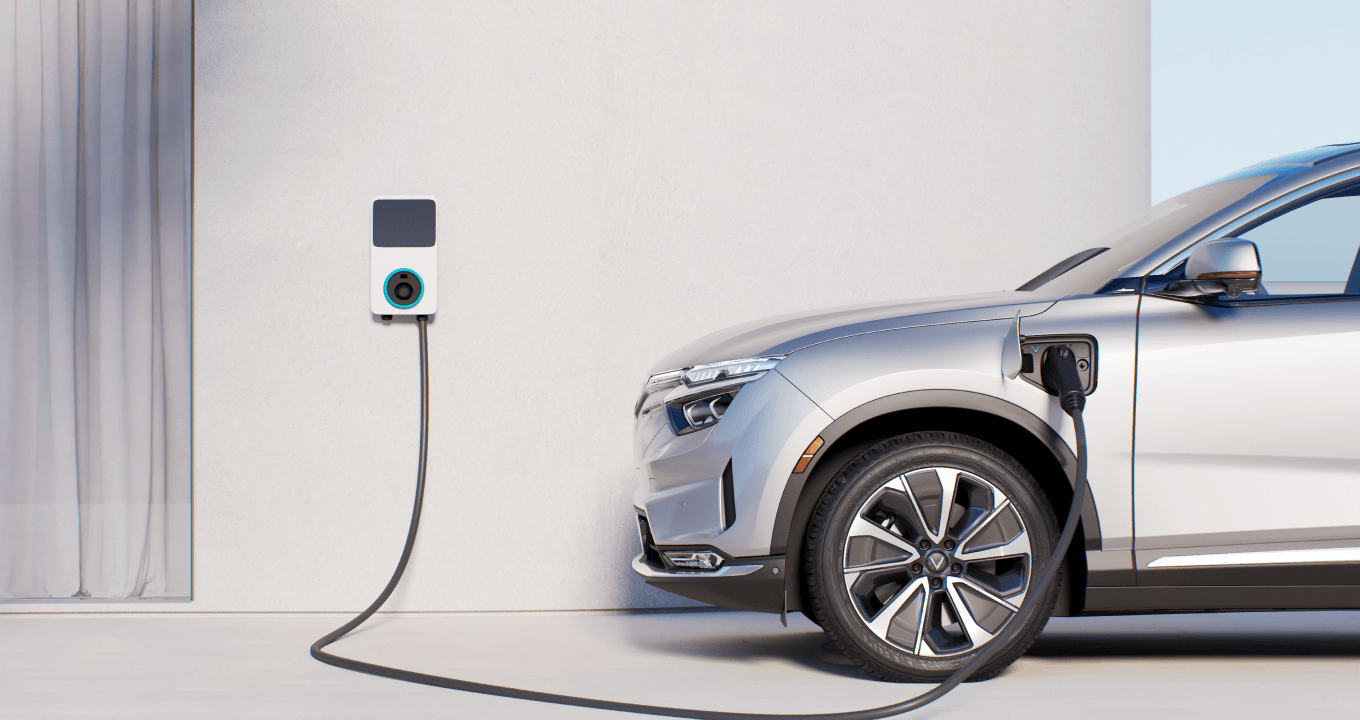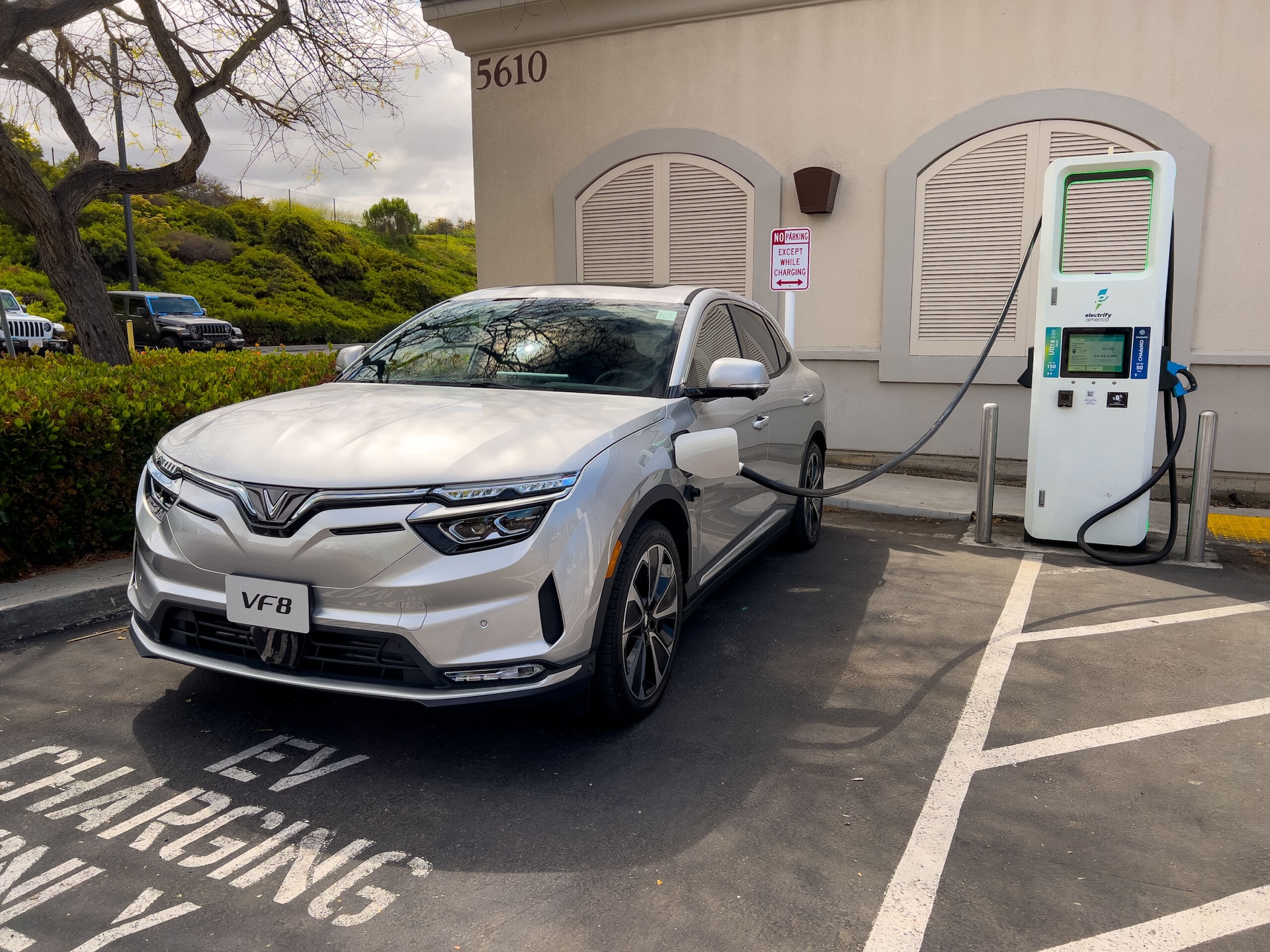 The biggest EV hurdle—access to convenient and reliable public chargers—has been quietly improving, with numbers increasing faster than in previous years. Paren is a data analytics company that monitors the growth of public charging stations. It shows that multiple charging networks are on track to add 3,000 more DC fast charging stations in 2025 compared to 2024. Ewing Vinfast provides some details.
The biggest EV hurdle—access to convenient and reliable public chargers—has been quietly improving, with numbers increasing faster than in previous years. Paren is a data analytics company that monitors the growth of public charging stations. It shows that multiple charging networks are on track to add 3,000 more DC fast charging stations in 2025 compared to 2024. Ewing Vinfast provides some details.
The year 2024 was significant for public charger growth, but the process encountered some obstacles, including permitting and charger vandalism. Although many thought this would slow down or stop charger expansion, it now seems these were more like speed bumps than roadblocks. Charger companies have found solutions to the problems and are now making progress.

Paren chief analyst Loren McDonald sees signs of things changing for the better. “The fast-charging industry is deploying new [DC fast-charging] ports and stations at its highest pace ever in the U.S.,” McDonald posted on LinkedIn this week. “Don’t believe the FUD (Fear Uncertainty and Doubt). The charging industry is moving full speed ahead, building larger, higher-power stations with amenities, greater reliability, and a better customer experience.”
One ominous sign occurred in April 2024 when Elon Musk seemingly impulsively fired his entire Supercharger team. Ironically, the incident happened just as many EV manufacturers were pledging to adopt Tesla’s North American Charging Standard (NACS) port in future vehicles, supply NACS adaptors for their current EV models, and thus increase business at Tesla Supercharger stations. The adapters had a shaky start but are now becoming readily available, and the Supercharger side of the business appears to be a major growth opportunity.
McDonald points to more companies building charging networks, including automakers like Mercedes-Benz and Rivian. It is possibly analogous to the early sixties when electronics manufacturers helped support color production for TV shows to boost color TV sales.

Additionally, companies focused on highway travel, such as Pilot/Flying J truck stops, Buc-ees, and Walmart—which simply have locations everywhere—see opportunities and are adding charging stations. This expansion is also coming from dedicated charging firms like Ionna and BP Pulse. Another development is that you are starting to see more amenities at these locations, including covered areas, bathrooms, and even customer lounges. McDonald calls this the “Charging 2.0” era and believes it could lead to a bigger growth leap than what the industry has experienced so far.
No manufacturer wanted to fall behind in the EV transition, and that may have led to more vehicles being produced before the infrastructure could support them—but now the infrastructure is catching up. Meanwhile, multiple studies show that EV owners rarely go back to gas-powered vehicles, which is a positive sign for the industry and indicates a steady, long-term flow of charging customers even without sharp increases in EV sales.

Of course, this only matters when EV owners decide to travel. For everyday use, nothing beats a Level 2 charger at home, where you can charge when you get back and head out each day with 200 to 300 miles or more at your disposal. See why EV owners don’t want to go back by checking out our attractive VF8 and VF9 models, and find out how you can get a free Level 2 VinFast home charger at Ewing VinFast.